Gardening in full-shade is an adventure, and an excuse to grow great perennials you might never have attempted before. You might be surprised at the variety of really exciting plants that thrive in low-light settings. Give into the zen of full-shade gardening, and you’ll be rewarded with a spot that feels sheltered, cozy, and calm.
Here are just a few of the remarkable plants you can grow. Need more advice? Please use the comment section below.
Hardy Fuchsia
Nodding brilliant cherry-red and purple flowers dangle from contrasting red stems surrounded by radiant lime-yellow foliage.Thrives in damp, shady spots. (Great for pots, too) Zone: 7 – 9
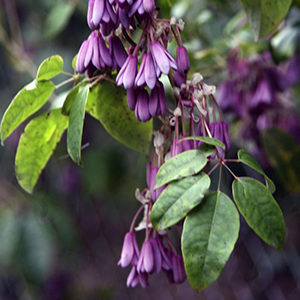
Ritak Sausage Vine
Deep shade usually indicates tall trees. Why not dress them to thrill with a vigorous vine that’ll climb up and into! Clusters of purplish cinnamon-scented flowers are often followed by large lavender fleshy fruit. Rare and unusual. Zone: 6 – 10
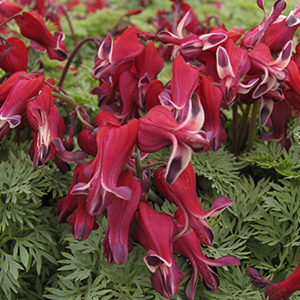
Burning Hearts Bleeding Heart
Add life to those hostas (such great shade plants!) with the long-blooming stems of heart-shaped, deep-red flowers that spike-up above magnificent blue-green, fern-like foliage. Zone: 4 – 9
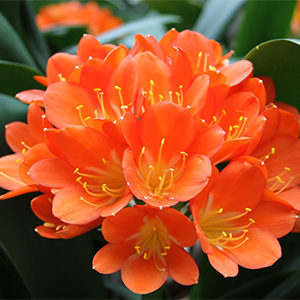
Flame® Bush Lily
Intense, deep red-orange flower heads and evergreen strappy leaves makes this ideal for adding accent color where other plants won’t grow. Good for pots, too. Zone: 9 – 11
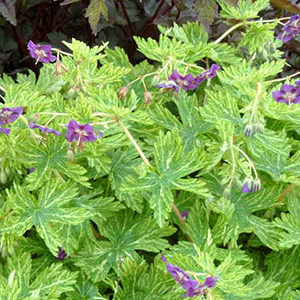
Margaret Wilson Geranium
Groundcovers enhance the natural look of shady spots. This one might not look like much. However, once it’s marbled foliage and purple blooms start to scramble, trust us, it’s a wow. Zone: 5 – 9
Tips for Gardening in Full Shade
- Remember to water. It's tough for plants to get the moisture they need. Whether it's competition from other plants or a canopy of trees that create an umbrella-like effect. Make sure your irrigation system is hooked up.
- Maintain fertility. Feeder roots of nearby trees and shrubs can compete with smaller plants, using up nutrients. Apply an organic, balanced fertilizer according to package instructions in spring or fall.
- Always mulch. Unless you have nature's mulch from fallen leaves, you'll need to add 3 to 6 inches of an organic mulch. Do this twice a year to add nutrients, conserve moisture, and prevent weeds.
- Go with nature. Rather than try to impose a design, allow plants to do their thing. Rambling, scrambling, reaching, and twining to find their best light.
What do we mean by “full shade?”
There are basically four classes of shade: light, partial, full, and deep.
We define full shade where plants there may take in less than one hour of direct sun a day. Plants may glean filtered or dappled light throughout parts of the day as the sun tracks across the sky.
Full shade does not refer to dark places – all plants need at least some light.
This does limit plant choices. On the flip side, plants there grow faster and taller as they reach for the light.




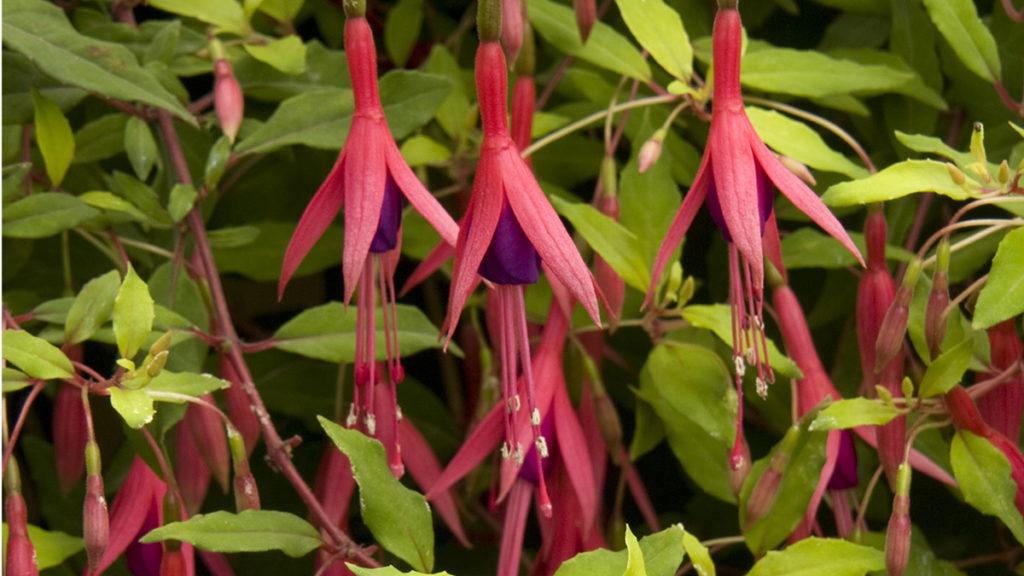
Please login to comment.
Don't have an account?
Sign Up for free